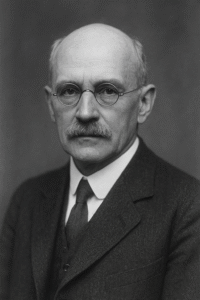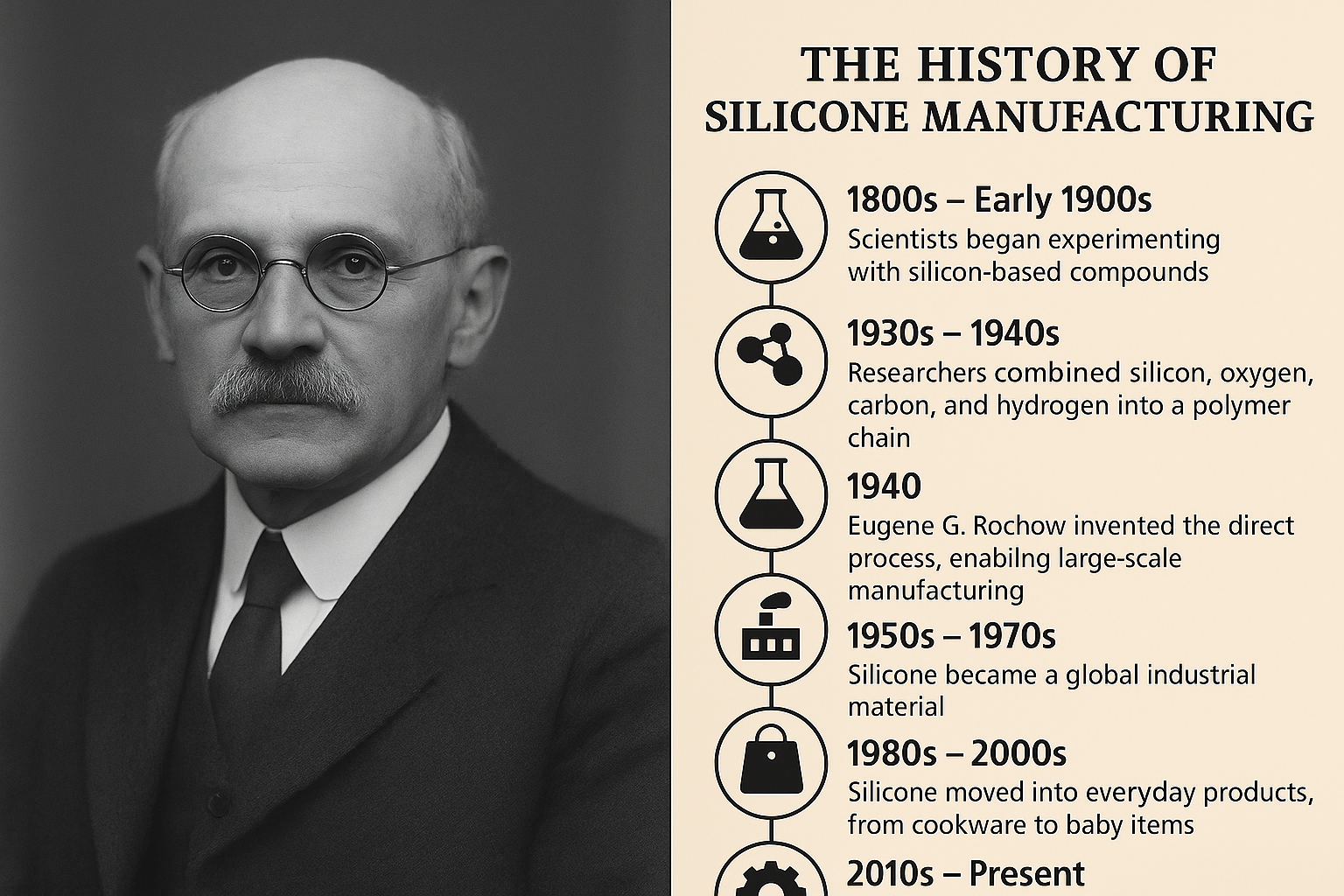The history of silicone manufacturing
The history of silicone manufacturing began with early 19th-century research on silicon by chemists like Jöns Jacob Berzelius and Frederic Kipping, who coined the term “silicones”. Its commercialization accelerated in the 1930s and 1940s through the work of chemists like J. Franklin Hyde and Eugene George Rochow, who developed industrial-scale production methods, leading to a wide range of applications during World War II and beyond.
like Jöns Jacob Berzelius and Frederic Kipping, who coined the term “silicones”. Its commercialization accelerated in the 1930s and 1940s through the work of chemists like J. Franklin Hyde and Eugene George Rochow, who developed industrial-scale production methods, leading to a wide range of applications during World War II and beyond.
 like Jöns Jacob Berzelius and Frederic Kipping, who coined the term “silicones”. Its commercialization accelerated in the 1930s and 1940s through the work of chemists like J. Franklin Hyde and Eugene George Rochow, who developed industrial-scale production methods, leading to a wide range of applications during World War II and beyond.
like Jöns Jacob Berzelius and Frederic Kipping, who coined the term “silicones”. Its commercialization accelerated in the 1930s and 1940s through the work of chemists like J. Franklin Hyde and Eugene George Rochow, who developed industrial-scale production methods, leading to a wide range of applications during World War II and beyond. Early research and foundation
- 1824: Swedish chemist Jöns Jacob Berzelius isolated silicon for the first time and created silicon tetrachloride.
- 1899-1944: British chemist Frederic Stanley Kipping conducted extensive research on organosilicon compounds, laying the foundation for silicone chemistry, though he did not envision practical uses for the materials.
Commercialization and industrial production
-
- 1930s: J. Franklin Hyde, working at Corning Glass Works, began developing commercial silicone compounds, creating silicone oils for lubricants and resins for coatings.
- 1940-1941: Eugene George Rochow and Richard Gustav Müller independently developed the “direct process,” a method for the industrial-scale synthesis of silicones that is still used today. This allowed for mass production and the expansion of silicone use beyond the laboratory.
- 1943: Corning and Dow Chemical formed the Dow Corning Corporation to produce silicone products, marking a major step in commercialization.
- 1940s: World War II spurred rapid development, as silicones were used for their high-temperature resistance in military applications like aircraft engine components and electrical insulation.
Post-war expansion and diversification
- 1940s-1950s: Silicone’s versatility led to numerous product innovations, including the development of Silly Putty in 1949 and silicone leather treatments in 1950.
- 1960s-Present: Silicone manufacturing expanded into new sectors, with its use growing in areas like medical implants, electronic components, and consumer goods, becoming ubiquitous in modern life.
